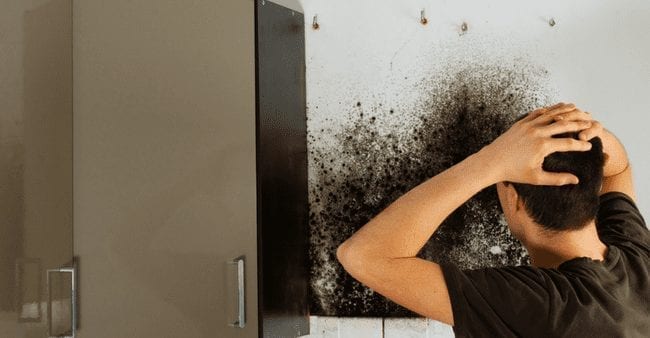Do you find yourself interested in resources concerning Detecting hidden plumbing leaks?

Early detection of dripping water lines can mitigate a possible catastrophe. Some tiny water leakages may not be visible.
1. Examine the Water Meter
Every house has a water meter. Inspecting it is a proven way that helps you uncover leakages. For beginners, turn off all the water sources. Make certain no person will certainly purge, utilize the faucet, shower, run the washing machine or dishwasher. From there, most likely to the meter and also watch if it will change. Since no person is utilizing it, there ought to be no movements. If it relocates, that suggests a fast-moving leakage. Also, if you discover no changes, wait a hr or more and inspect back again. This suggests you may have a slow leak that might also be below ground.
2. Inspect Water Usage
If you detect unexpected changes, regardless of your usage being the same, it suggests that you have leaks in your plumbing system. A sudden spike in your expense shows a fast-moving leak.
A stable boost every month, also with the same habits, shows you have a slow-moving leakage that's also slowly intensifying. Call a plumber to completely inspect your residential or commercial property, particularly if you feel a cozy area on your flooring with piping below.
3. Do a Food Coloring Test
When it pertains to water usage, 30% comes from toilets. Examination to see if they are running correctly. Drop flecks of food shade in the storage tank and wait 10 minutes. There's a leakage between the storage tank as well as dish if the shade somehow infiltrates your bowl during that time without flushing.
4. Asses Exterior Lines
Don't neglect to inspect your outdoor water lines also. Must water seep out of the link, you have a loose rubber gasket. One little leak can waste bunches of water as well as spike your water expense.
5. Analyze the situation and examine
Home owners need to make it a habit to examine under the sink counters and also also inside closets for any kind of bad odor or mold and mildew development. These two warnings indicate a leak so punctual attention is needed. Doing regular assessments, also bi-annually, can save you from a major trouble.
More significantly, if you recognize your home is already old, keep a watchful eye on your heating units, tubes, pipes and so on. Look for discolorations and compromising as the majority of devices and also pipes have a life expectancy. They will additionally naturally wear away because of tear and also wear. If you believe leaking water lines in your plumbing system, do not wait for it to rise. Call an expert plumber right now so you do not wind up with an awful mess in your house.
Early discovery of leaking water lines can minimize a potential catastrophe. Some little water leaks may not be noticeable. Checking it is a guaranteed way that assists you uncover leakages. One tiny leak can waste bunches of water and increase your water costs.
If you suspect dripping water lines in your plumbing system, don't wait for it to escalate.
WARNING SIGNS OF WATER LEAKAGE BEHIND THE WALL
PERSISTENT MUSTY ODORS
As water slowly drips from a leaky pipe inside the wall, flooring and sheetrock stay damp and develop an odor similar to wet cardboard. It generates a musty smell that can help you find hidden leaks.
MOLD IN UNUSUAL AREAS
Mold usually grows in wet areas like kitchens, baths and laundry rooms. If you spot the stuff on walls or baseboards in other rooms of the house, it’s a good indicator of undetected water leaks.
STAINS THAT GROW
When mold thrives around a leaky pipe, it sometimes takes hold on the inside surface of the affected wall. A growing stain on otherwise clean sheetrock is often your sign of a hidden plumbing problem.
PEELING OR BUBBLING WALLPAPER / PAINT
This clue is easy to miss in rooms that don’t get much use. When you see wallpaper separating along seams or paint bubbling or flaking off the wall, blame sheetrock that stays wet because of an undetected leak.
BUCKLED CEILINGS AND STAINED FLOORS
If ceilings or floors in bathrooms, kitchens or laundry areas develop structural problems, don’t rule out constant damp inside the walls. Wet sheetrock can affect adjacent framing, flooring and ceilings.
https://www.servicemasterbyzaba.com/blog/how-to-detect-water-leakage-in-walls/

Do you enjoy reading up on Detecting hidden plumbing leaks? Place a short review down the page. We will be delighted to see your suggestions about this page. We are looking forward that you come back again in the near future. Appreciated our content? Please share it. Let others discover it. Thanks for going through it.
Tailored emergency solutions; call now.